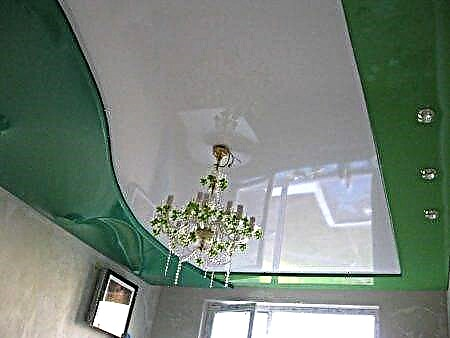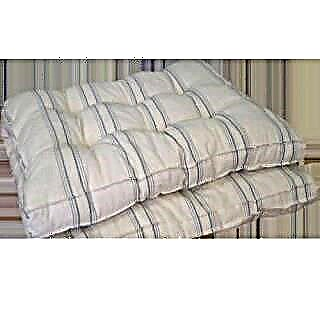
Heat losses through the walls of the building can be from 30 to 80%, depending on the material of the walls. When choosing a heater, you need to take this into account, and choose a heater with the lowest degree of thermal conductivity. The specific type of material will depend on two factors: climatic conditions and the material of the walls of the building.
Features
To increase the heat efficiency of a house or other facility, they most often resort to external insulation of the house. Compared to the thermal insulation of walls from the inside, this method demonstrates better efficiency, and also allows you to protect the facade from the negative effects of the environment and does not reduce the useful internal area of the object.
Naturally, the insulation layer should be protected from negative environmental factors and hidden from prying eyes. The technology of hinged facades is considered to be the most popular, in particular, cladding with siding, which is a decorative wall panel.

Cladding in this way involves the organization of a ventilated facade. In general, the assembly technology is as follows - a metal or wooden crate is packed on the outer surface of the walls, then a layer of insulation of the desired thickness is laid, followed by a hydro-wind-proof film, after which the siding is hung on the crate.

At the same time, between the panels and the insulation layer an air gap of 3-5 cm is maintained. It provides ventilation of the walls and insulation, and also provides an additional insulation effect. Not every type of material is suitable for siding for external insulation, since it, in addition to a low coefficient of thermal conductivity, must meet certain requirements - to be moisture-resistant, environmentally friendly, biostable.

Among the most common types of insulation for siding, there are several.
Expanded polystyrene
First of all, it is a well-known foam plastic. It has a high coefficient of thermal conductivity, since it is formed by many tiny balloons. Despite the high thermal insulation properties, the material is less and less used because it is environmentally unsafe (during operation it releases dangerous styrene), combustible (it supports combustion, releases toxins when the temperature rises), it attracts rodents.
A modern modification is extruded polystyrene foam, higher technical characteristics of which are achieved due to the isolation of the air chambers from each other. This increases the moisture resistance of the material, since it does not absorb liquid, and also increases its environmental safety and fire resistance.
The advantage of polystyrene foam insulation is also low weight, affordability and ease of installation. Material is produced in the form of sheets of different sizes, thickness and density, which are easily cut with a construction knife, glued or fastened with self-tapping screws. The sheets have a smooth surface, so they fit snugly to the working base.
Polyurethane foam
This insulation is sprayed onto the surface, which ensures reliable adhesion of the material and the absence of seams and gaps. It is characterized by high heat efficiency, which is why a layer thickness of 2-3 cm is enough to achieve the optimal heat-insulating effect, as well as environmental friendliness, incombustibility, and moisture resistance.
In the process of spraying toxic elements are released (evaporate as the polyurethane foam hardens), therefore, the application requires the use of a suit and a respirator. Of the disadvantages - low vapor permeability (therefore, insulation is not recommended to spray on wooden walls) and the need to use special professional equipment.
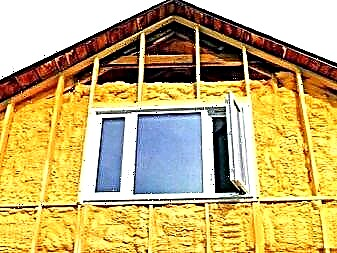

An important point - polyurethane foam, like polystyrene foam, is destroyed under the influence of sunlight. In this regard, it is impossible to store the material without packaging, and after installing the insulation, you should start installing the hinged system as soon as possible.
Penofol
Foiled insulation based on foamed polyethylene. The latter itself has a low coefficient of thermal conductivity, however, the main thermal efficiency of the material is provided by a thin layer of foil. It reflects up to 97% of heat, so the insulation works on the principle of a thermos - it does not allow heat to leave the room in the cold season and maintains pleasant coolness on a hot day.
Penofol is attached with a foil layer inside and eliminates the use of additional waterproof materials. Among the advantages are small thickness (up to 5 mm), low weight, high soundproof performance. Release form - rolls.

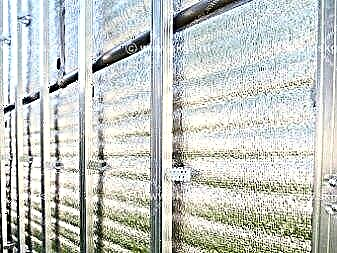
Hygroscopicity
This term refers to the ability of a material to absorb moisture. Hygroscopicity is directly related to thermal conductivity, since wet insulation loses its heat-insulating functions. The best indicators of moisture resistance of the presented materials demonstrate polystyrene foam (especially extruded), polyurethane foam and penofol. If we compare the types of mineral wool, then basalt insulation is more resistant to liquids.


Density
Its stiffness and strength depend on the density of the material. If we talk about mineral wool, then clearly traced the relationship between the density and thermal conductivity. The denser the fibers are laid, the less air gap between them and the lower the heat efficiency. In this regard, denser materials have a greater thickness.
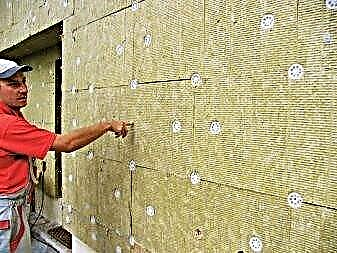

Fire resistance
Another parameter that you should pay attention to when choosing a heater. Non-combustible is basalt wool and polyurethane foam. Self-extinguishing include some types of extruded polystyrene foam, penofol. Such materials do not support combustion and do not emit hazardous toxins when heated. In cases where it is impossible to use non-combustible materials, it is recommended to combine fire-resistant panels for decoration with non-combustible heaters. For example, if non-combustible metal siding is used, then it can be combined with combustible polystyrene.
If combustible vinyl siding is used, it is recommended to purchase non-combustible basalt or polyurethane foam insulation.


Environmental friendliness
With external insulation, this parameter becomes not as important as with internal thermal insulation. From the point of view of environmental friendliness, stone wool, polyurethane foam and penofol are considered the safest. Extruded polystyrene foam is inferior to them in its safety, but surpasses polystyrene in this parameter. In general, all the options considered are allowed for use in residential premises.
For some users, ease of installation and soundproofing properties of materials are also important. Sound insulation effect is provided by all considered types of insulation, except for polystyrene foam. According to user reviews, it is easiest to install polystyrene foam and mineral wool materials in sheets. When laying roll foam, it is necessary to cut and join the “lines”, which, although slightly, but complicates the installation. For spraying polyurethane foam, it is necessary to call specialists with equipment.



